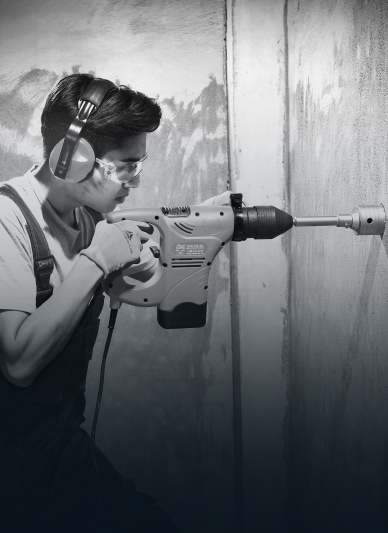The woodworking industry has seen continuous development over the past few years, particularly in the field of cutting tools. Among these, circular saw blades have been a focus of attention due to their role in efficiency, precision, and safety. Modern designs aim to address the evolving demands of both professional craftsmen and hobbyists. Recent discussions have highlighted certain models that claim improvements in durability and performance.

Durability of Modern Circular Saw Blades
One of the key concerns for users of cutting tools is longevity. Frequent replacements not only increase costs but also interrupt workflow. Recent industry observations suggest that some of the newer circular saw blades offer consistent performance over extended periods. They are constructed using specialized materials that can handle prolonged exposure to friction and high-speed operation.
Unlike older models, these blades are designed to maintain their cutting edge even under frequent use. This allows operators to focus on precision rather than constantly monitoring wear. It is also notable that the resistance to deformation under heavy load is a consideration in recent designs.
Enhancing Cutting Efficiency
Efficiency is another area where circular saw blades have been evolving. The ability to perform clean cuts with minimal effort has become a benchmark for manufacturers. Reports from woodworking professionals indicate that modern blades can reduce the time spent on each task, while still maintaining clean lines.
The efficiency improvements stem from several design factors. Tooth geometry, blade coating, and vibration control are all areas that contribute to smoother operation. By reducing resistance during cutting, operators can achieve consistent results across a variety of wood types. Additionally, this allows for better handling of delicate materials where precision is critical.
Differences from Conventional Blades
Comparisons between new circular saw blades and traditional models reveal several distinctions. Traditional blades often struggle with material buildup and uneven cuts. Modern iterations address these issues through innovative tooth patterns and materials that dissipate heat more effectively. This results in reduced risk of burning or chipping, which can affect both the aesthetic and structural integrity of the wood.
Another difference lies in maintenance requirements. Newer designs generally require less frequent sharpening, thanks to coatings that reduce friction and wear. They also tend to produce less noise and vibration, creating a safer and more comfortable working environment.
User Experience and Versatility
User feedback has highlighted that modern circular saw blades cater to a wide range of cutting tasks. From fine carpentry to more demanding construction work, these tools are adaptable without the need for specialized equipment. Professionals often note that the balance between speed and control allows them to achieve results that were previously difficult with standard blades.
A practical illustration can be seen in small workshops, where multiple wood types are handled daily. Blades designed with enhanced wear resistance and cutting stability enable consistent performance across softwoods and hardwoods alike. This flexibility helps in optimizing workflow while maintaining quality.
Industry Trends and Expectations
The woodworking tools sector continues to prioritize sustainability and operational efficiency. Manufacturers are increasingly investing in materials and manufacturing processes that extend tool life while minimizing environmental impact. These trends also influence blade design, encouraging the development of options that perform reliably without excessive maintenance or replacement.
Tables summarizing comparative features can be useful for prospective users:
|
Feature
|
Traditional Blades
|
Modern Circular Saw Blades
|
|
Durability
|
Moderate
|
Extended use
|
|
Cutting Consistency
|
Variable
|
Reliable across tasks
|
|
Maintenance Requirement
|
Frequent sharpening
|
Reduced sharpening
|
|
Heat and Friction Control
|
Limited
|
Improved
|
Circular saw blades remain a central tool in woodworking, and incremental improvements are reshaping expectations. Durability, efficiency, and design refinements are contributing to a more productive and safer working environment. Industry observers note that these innovations do not merely replace old tools but offer tangible improvements in how woodwork can be approached.
For professionals and enthusiasts alike, evaluating the differences between conventional and modern blades is essential. Considering factors such as cutting consistency, maintenance, and material handling can guide purchasing decisions and workflow planning.
As technology evolves, the balance between performance and practicality remains a primary focus. Observing trends in the adoption of newer blade types may indicate broader shifts in the tools sector, signaling continued attention to innovation, user needs, and material sustainability.








